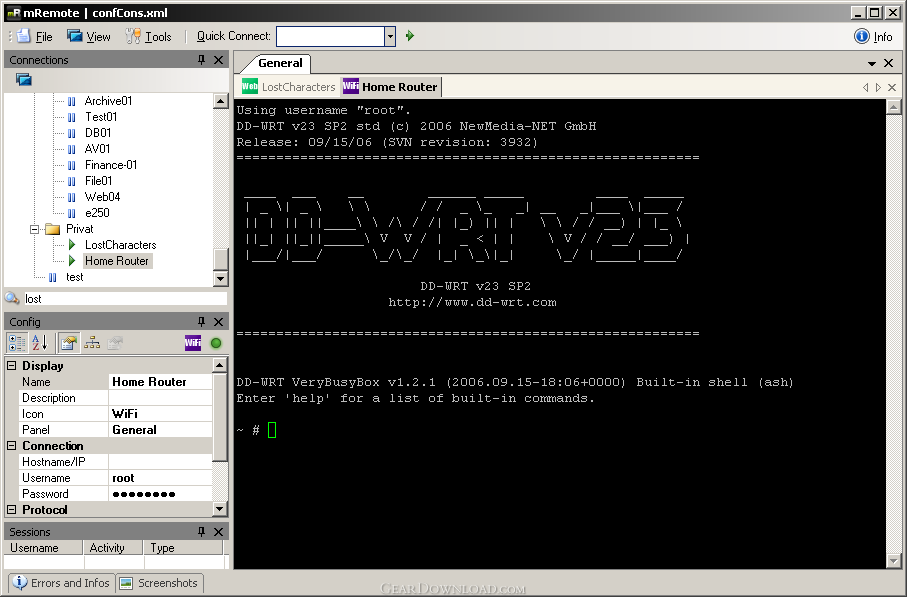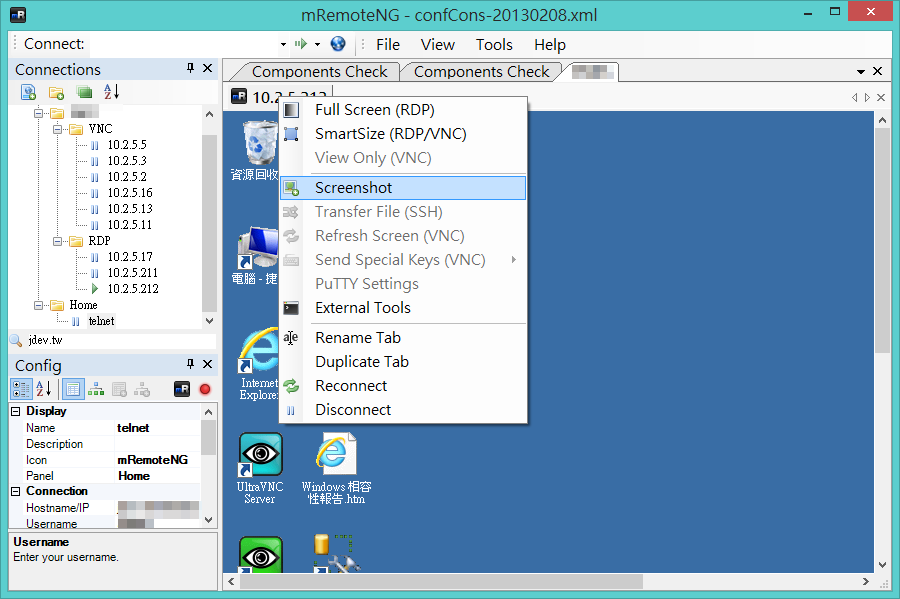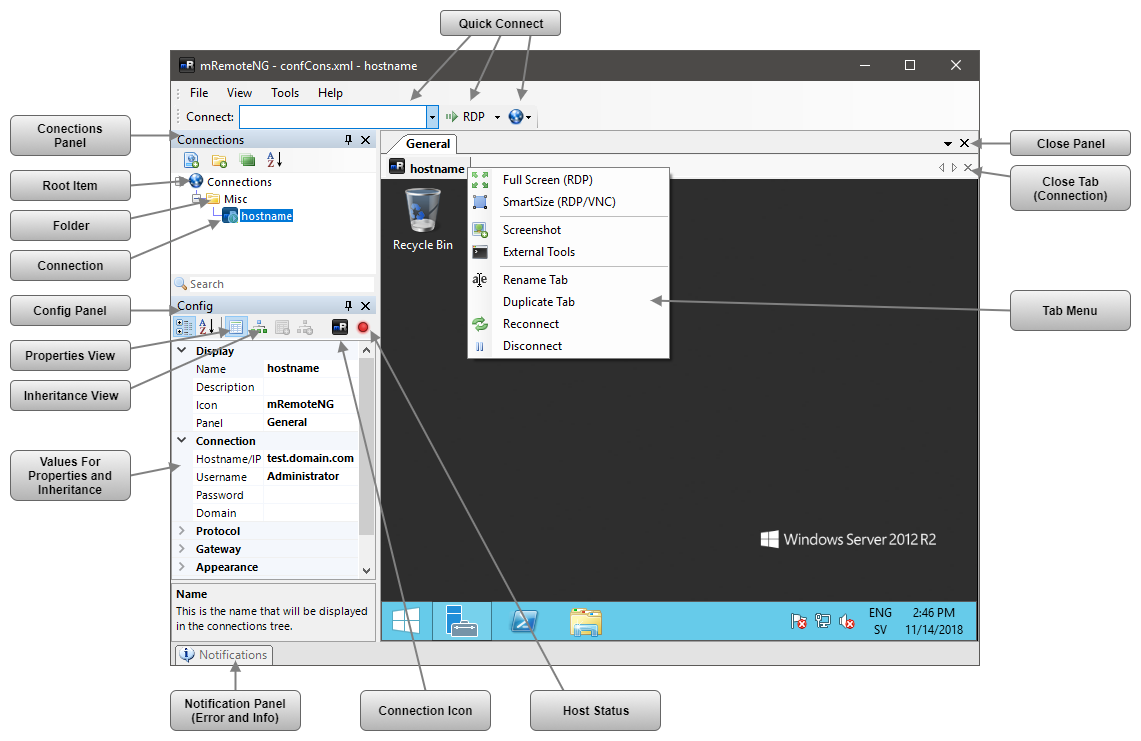
Click “Save private key” with Type = RSA selected (2048 bits is fine). Open PuTTYgen (it should come with MRemoteNG or Putty, otherwise you can get it yourself. ssh directory in your user directory e.g. Take the private key corresponding to that public key and save it into a file (it may already be in an “id_rsa” file in your. You can generate a key pair with PuTTYGen if you don’t have one (but then I’m assuming that you do have one if you already created the VM). When you create a VM in Azure, you give it a public key (assuming you didn’t use password authentication, which you should generally avoid). This typically needs to be enabled in the BIOS as well as on the network interface inside the operating system.MRemoteNG is a nice Windows OS tool for managing multiple SSH sessions (and session configurations) in one window – so you can log onto 10 servers and hop around trivially. 
Here is a good tutorial on the steps required to enable WOL on a device. Wake on LAN is very useful functionality if your hardware supports it.
On the target machine, WakeOnLanMonitor should display the packet details if the WOL packet was successfully sent and received by the target. From mRemoteNG, right click on the Connection > External Tools > WOL. Allow the connection if you are prompted with a firewall notification. Extract wakeonlanmonitor.zip on the target WOL machine. Download WakeOnLanMonitor tool Download. Replace the broadcast address (192.168.0.255) with the correct broadcast address for the subnet of your networkĪrguments: /wakeup %macaddress% 7 10.10.27.255 Set the following values to add the ability to quickly send a WOL packet. 
At the bottom under the Miscellaneous heading, enter the hosts MAC address.With the connection highlighted, click the Config tab.

 Hover over the Connections tab > Select an existing connection to modify. Copy WakeMeOnLan.exe to the mRemoteNG installation directory, usually C:\Program Files (x86)\mRemoteNG. mRemoteNG creates a tabbed interface for RDP, VNC, SSH and many other connection protocols. MRemoteNG is a fork of mRemote: an open source, tabbed, multi-protocol, remote connections manager for Windows.
Hover over the Connections tab > Select an existing connection to modify. Copy WakeMeOnLan.exe to the mRemoteNG installation directory, usually C:\Program Files (x86)\mRemoteNG. mRemoteNG creates a tabbed interface for RDP, VNC, SSH and many other connection protocols. MRemoteNG is a fork of mRemote: an open source, tabbed, multi-protocol, remote connections manager for Windows.







 0 kommentar(er)
0 kommentar(er)
